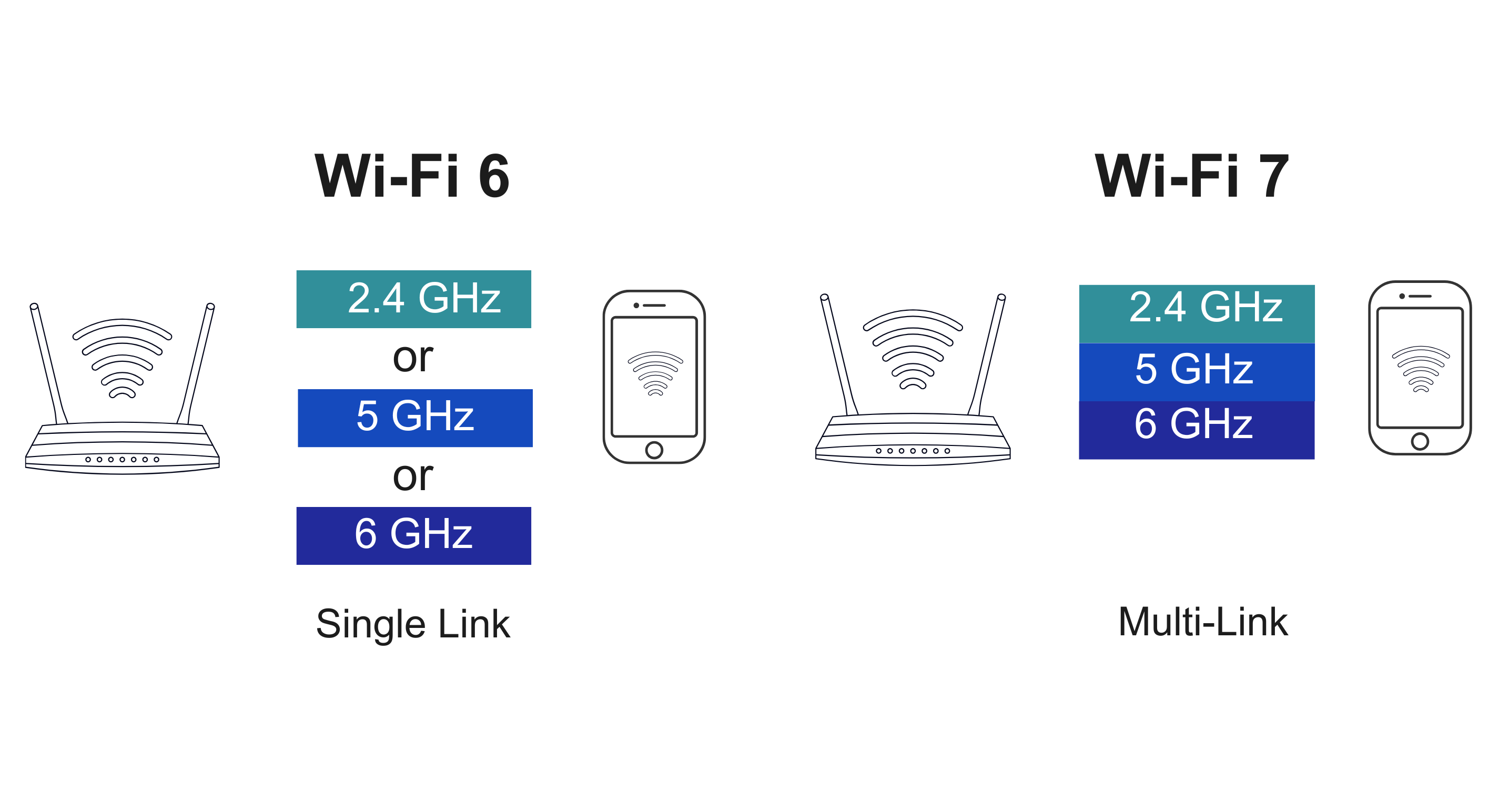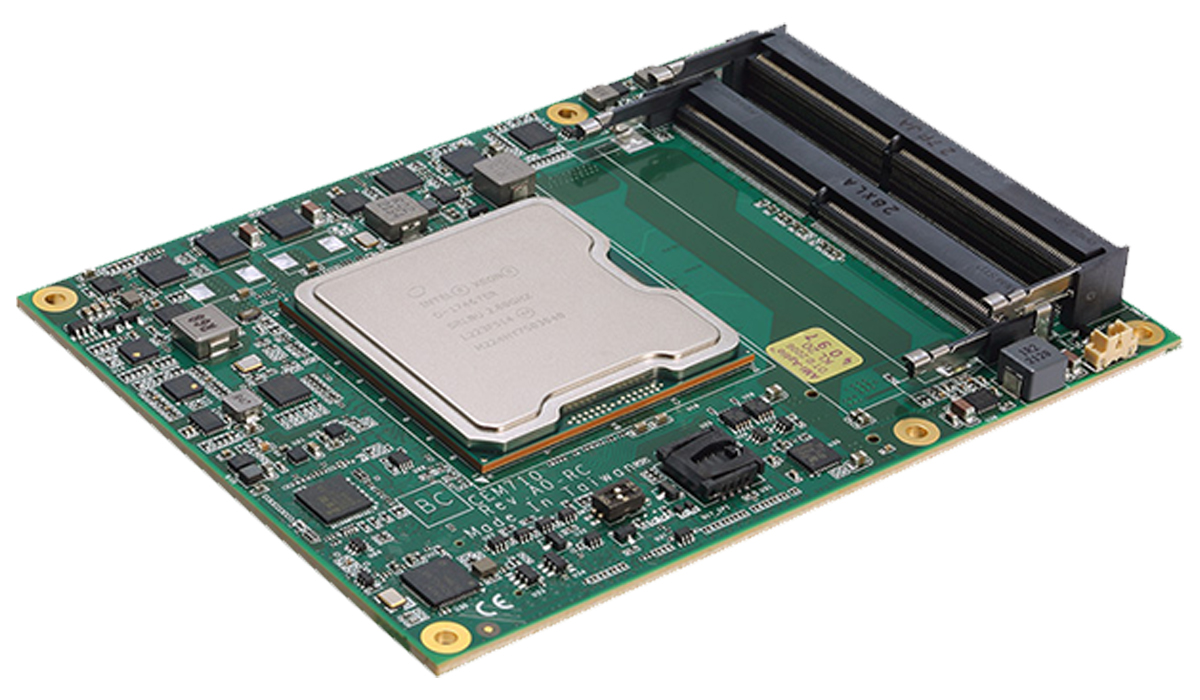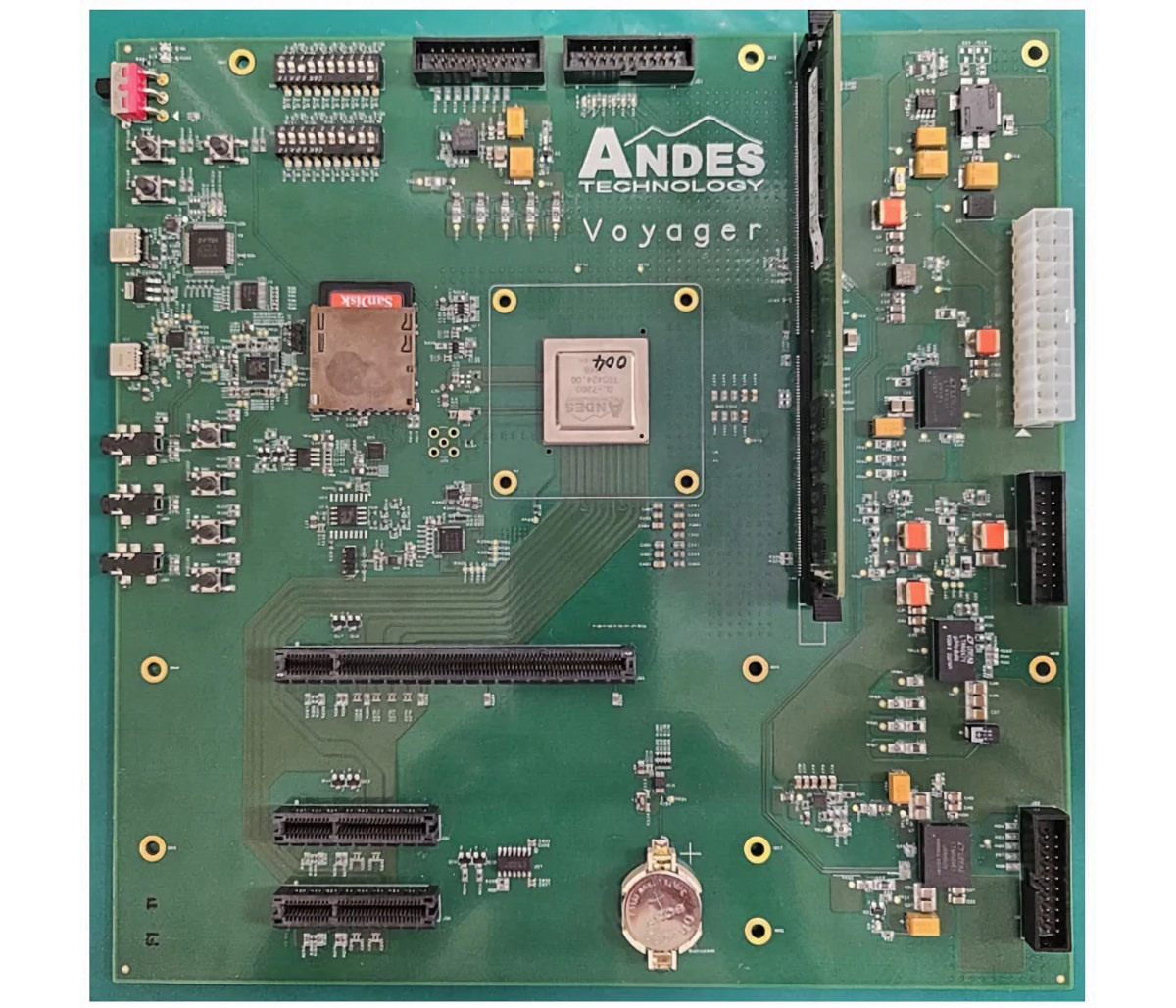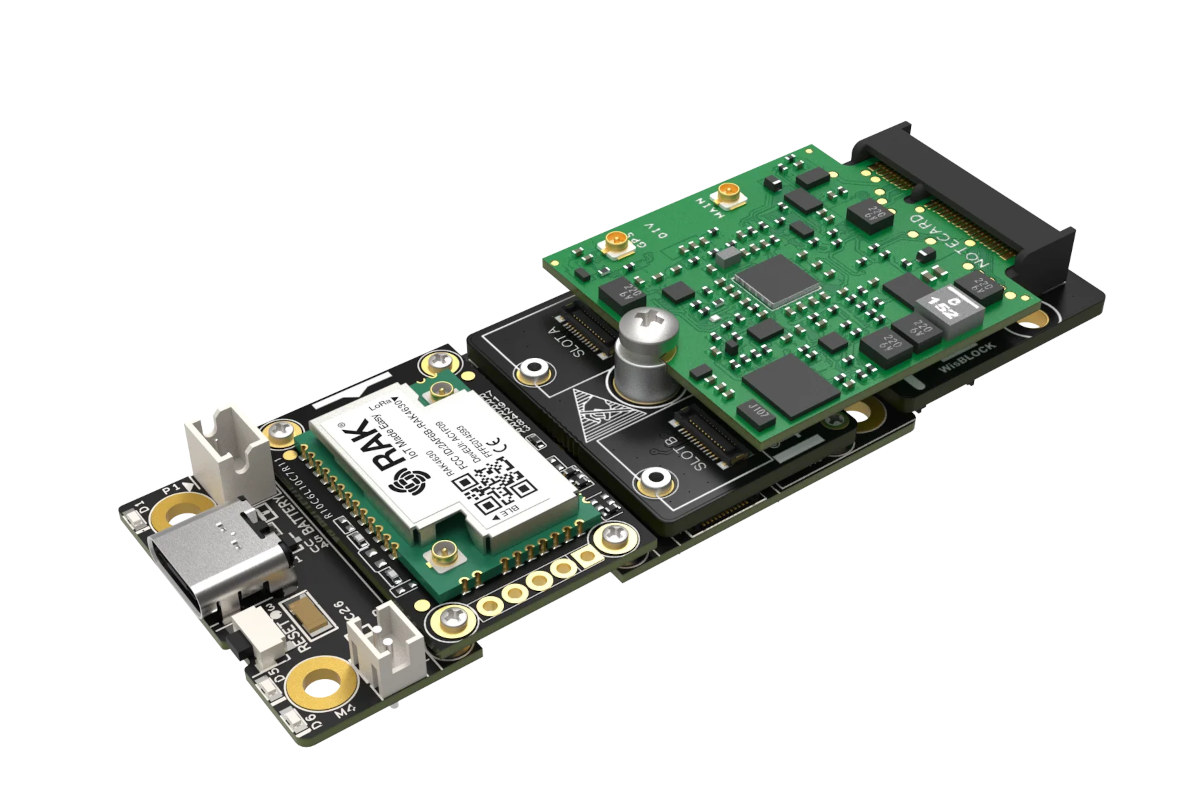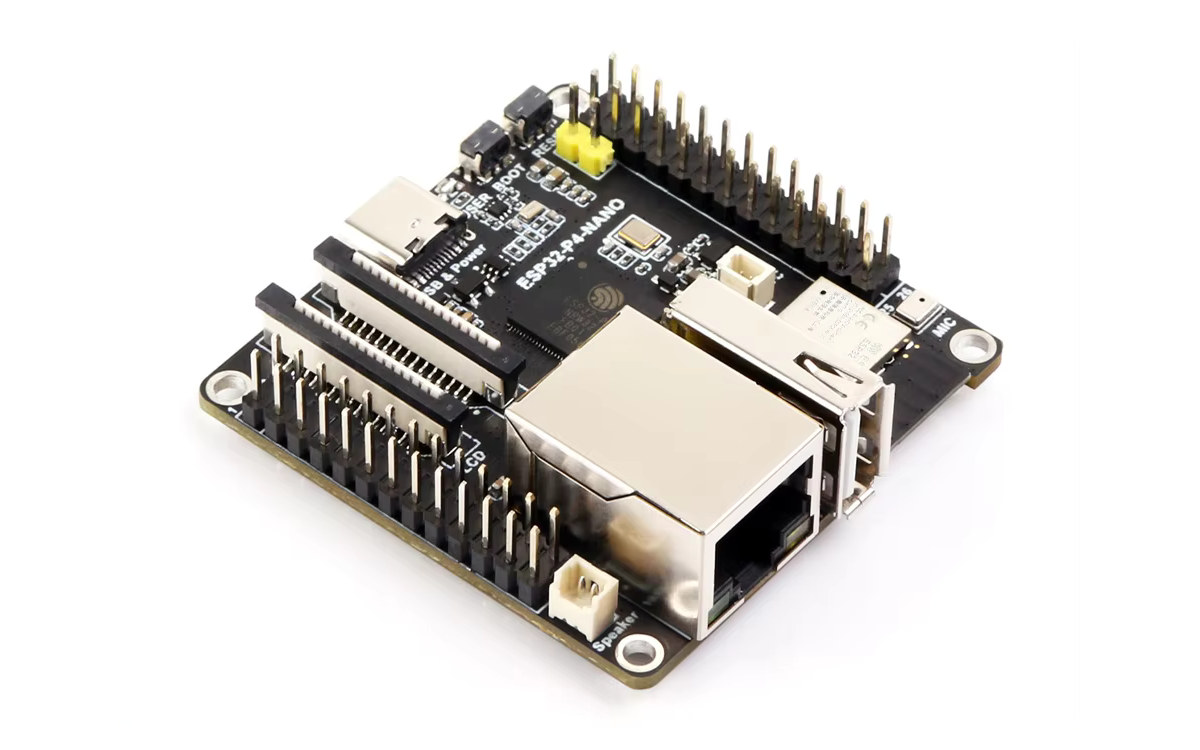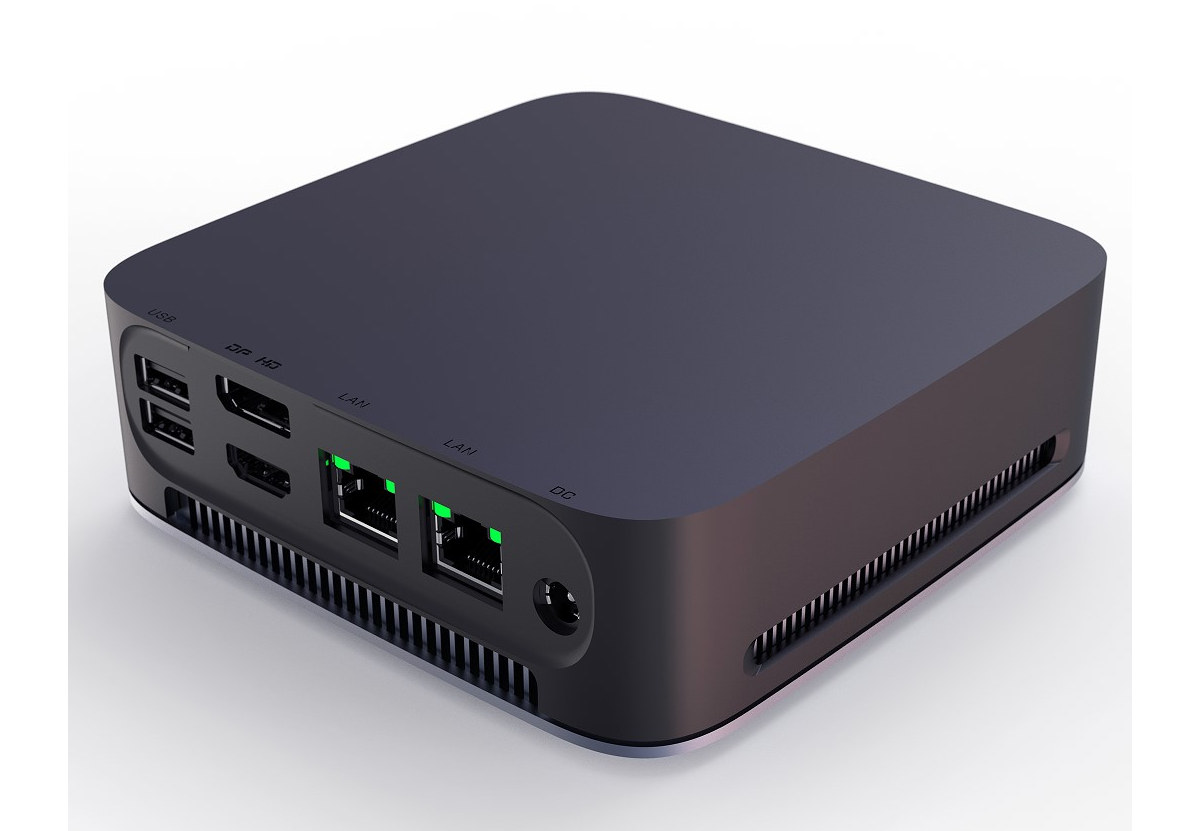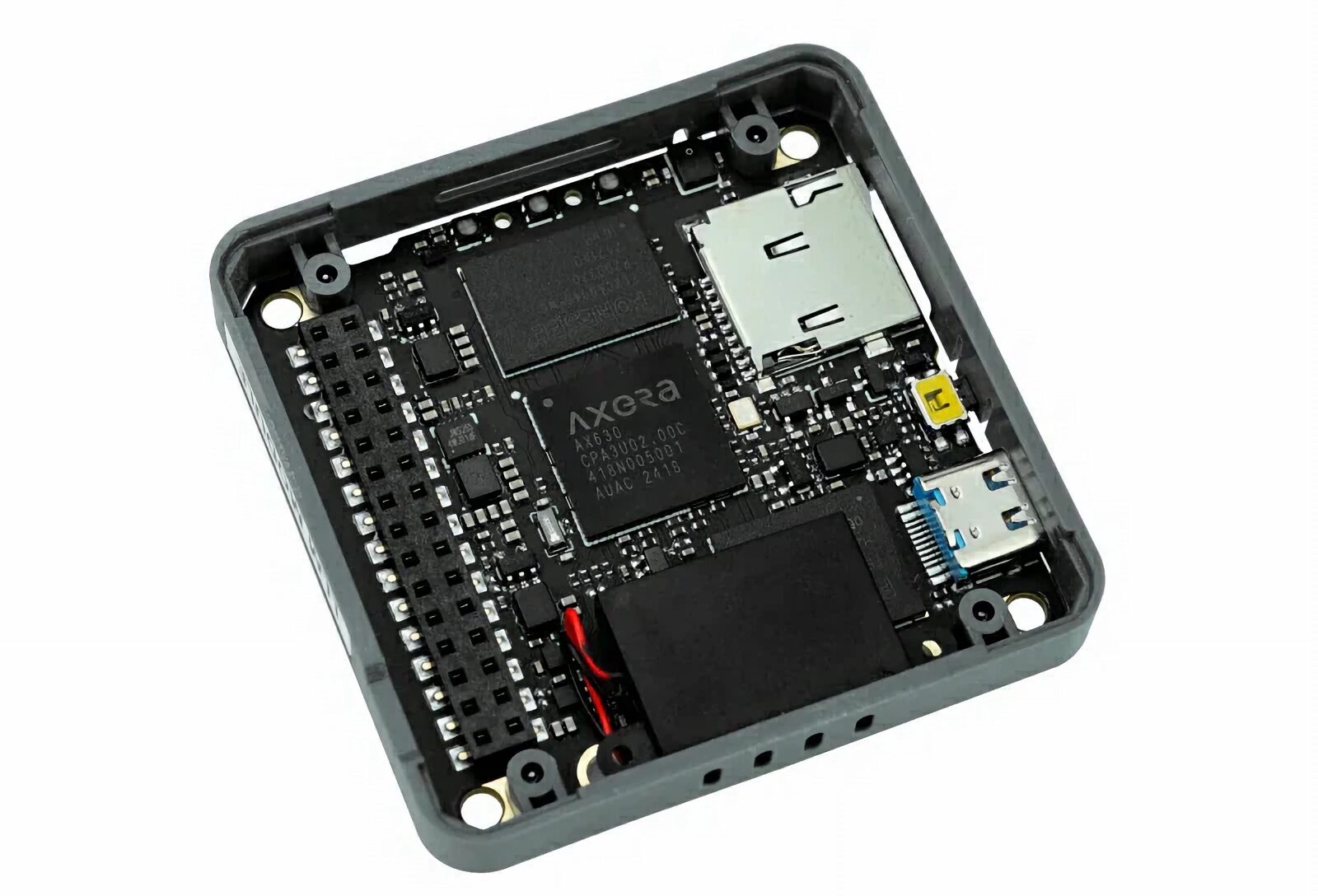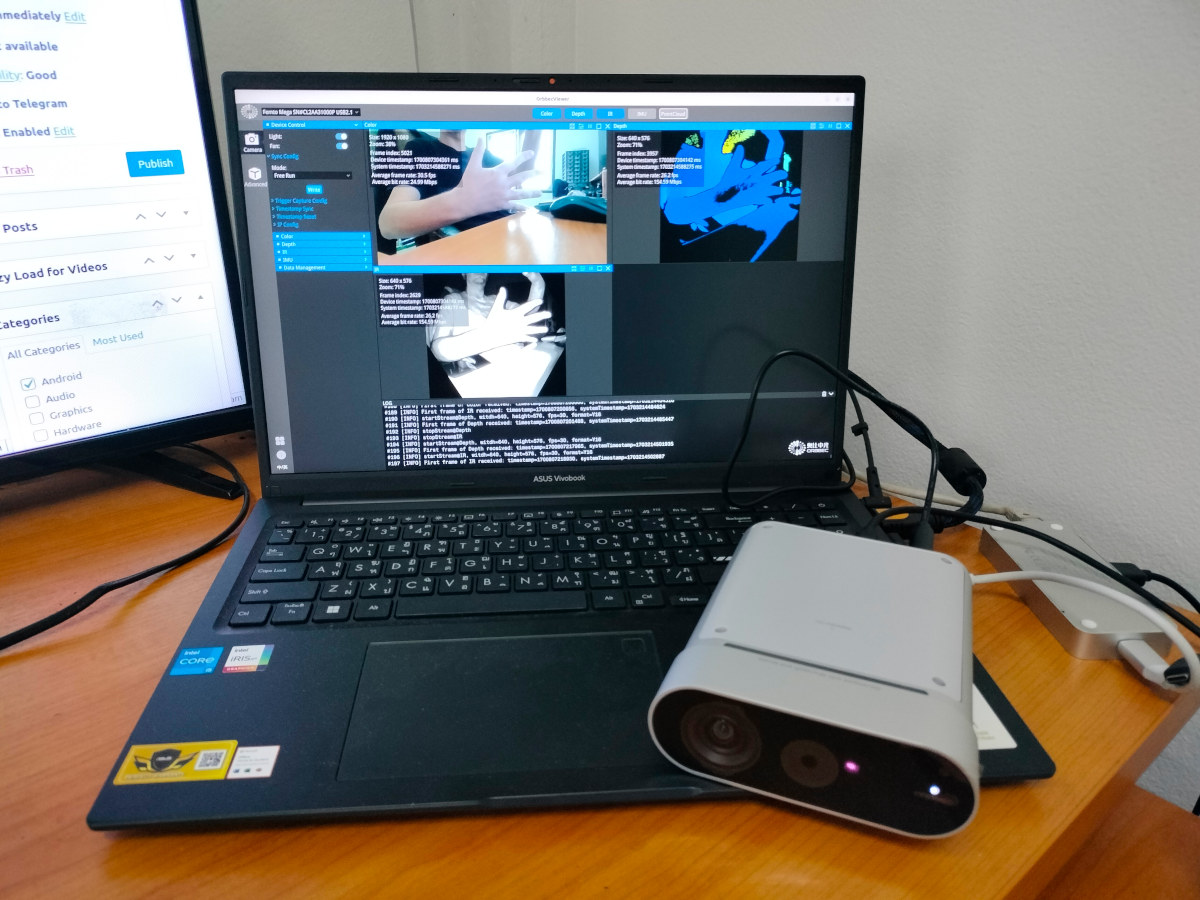Compex Systems (Compex), a global leader in wireless communication technology, is taking Wi-Fi 7 to new heights with an innovative connector design for Multi-Link Operation (MLO). This breakthrough enables seamless deployment of MLO across off-the-shelf platforms, including those with Intel x86 and ARM processors (e.g. NXP and Marvell), eliminating the need for custom-made host boards and unlocking the full potential of Wi-Fi 7 features for a wider range of users and applications. Multi-Link Operation (MLO) is a key performance advantage of Wi-Fi 7 (802.11be), setting it apart by allowing the routing and aggregation of throughput across multiple radio links in different frequency bands. It enables data to be routed through the least congested links, improving overall latency and reliability. MLO can also aggregate bandwidths from more than one wireless link, enhancing throughput and network performance. It is ideal for bandwidth-intensive and real-time applications such as 4K/8K video streaming, cloud gaming, […]
Axiomtek CEM710 COM Express module features Intel Xeon D-1700 SoC with up to 100Gbps Ethernet support
In 2022, we covered Intel’s Xeon D (Ice Lake-D) processor family, which includes the D-2700 and D-1700 models. These processors are designed for software-defined networking and edge applications, providing data center-grade capabilities at the edge. Key features include integrated AI and crypto acceleration, built-in Ethernet, and support for Intel Time Coordinated Computing (TCC) and Time-Sensitive Networking (TSN) to ensure high reliability. Leveraging these advanced capabilities, companies like ADLINK Technology and Congatec have introduced COM-HPC server modules and COM Express Type 7 modules based on the new Xeon D lineup. Axiomtek’s CEM710 is a COM Express Type 7 Basic Module powered by Intel Xeon D-1700 Series processors, designed for edge computing, industrial automation, and data-intensive applications. It offers up to 10 cores, 100Gbps Ethernet, and 64GB of DDR4 ECC memory, along with PCIe Gen3 slots for expandability. With rugged features and TPM 2.0 for security, it ensures reliable performance in demanding […]
Andes QiLai quad-core AX45MP RISC-V SoC with NX27V vector processor powers micro-ATX Voyager Development Platform
Andes’ Voyager Development Platform is a micro-ATX motherboard based on the company’s QiLai SoC with four AX45MP 64-bit RISC-V cores and an NX27V vector processor optimized for AI workloads. The Voyager board supports up to 16GB of DDR4 via a UDIMM socket, features 16Mbit SPI Flash for boot code and an SD card socket, includes three PCIe Gen4 slots to connect external devices such as GPU card and SSD, as well as a JTAG debugger and USB to UART bridge for debugging during Linux software development. Andes QiLai RISC-V AI SoC Before looking at the board itself, let’s check the Andes QiLai SoC specifications: CPU cores Andes AX45MP-4C cluster 4x RV64GC 8-stage superscalar processors clocked at 1.6 GHz (worse) / 2.1 GHz (typ.) Support of MESI cache coherence protocol with Coherence Manager 32KB L1 Instruction and Date cache 2MB L2 cache I/O Coherence Port (IOCP) – Synchronous AXI4 (256 bits […]
Giveaway Week 2024 – RAKwireless Blues.ONE LoRaWAN, LTE-M, and NB-IoT devkit
For the fourth year in a row, RAKwireless is participating in CNX Software’s Giveaway Week, and this year, the company is offering the Blues.ONE IoT development kit with LoRaWAN, LTE-M, and NB-IoT connectivity and 500MB of cellular data through the Blues NoteCard. The devkit can be used to prototype or develop IoT devices for industrial automation and asset-tracking applications and relies on the WisBlock modular IoT prototyping system with the RAK13102 WisBlock Blues Notecarrier, the Blues NoteCard, a WisBlock Base Board, and a WisBlock Core module. Blues.ONE kit content: RAK4631 WisBlock Core Module based on Nordic Semi nRF52840 Arm Cortex-M4F microcontroller @ 64 MHz with 1 MB Flash, 256 KB RAM, Bluetooth Low Energy 5.0 protocol stack Semtech SX1262 LoRa Transceiver with LoRaWAN 1.0.2 protocol stack RAK19007 WisBlock Base Board with 4x sensor slots, 1x IO slot, a USB Type-C port, a rechargeable battery connector, and a solar panel connector […]
Waveshare ESP32-P4-NANO board offers Ethernet, WiFi 6, Bluetooth 5, MIPI display and camera interfaces, GPIO headers
Waveshare ESP32-P4-NANO is the first third-party ESP32-P4 RISC-V board we’ve seen and it follows the launch of the Espressif Systems’ ESP32-P4-Function-EV-Board devkit introduced this summer. While the ESP32-P4 is a general-purpose microcontroller, the ESP32-P4-NANO board still implements wireless connectivity through an ESP32-C6 WiFI 6 and Bluetooth LE 5.4 module and offers a range of interfaces such as an Ethernet RJ45 port with optional PoE, MIPI DSI and CSI interfaces, a USB Type-A OTG port, and GPIO headers for expansion. ESP32-P4-NANO specifications: Microcontroller – ESP32-P4NRW32 MCU Dual-core RISC-V microcontroller @ 400 MHz with AI instructions extension and single-precision FPU Single-RISC-V LP (Low-power) MCU core @ up to 40 MHz GPU – 2D Pixel Processing Accelerator (PPA) VPU – H.264 and JPEG codecs support Memory – 768 KB HP L2MEM, 32 KB LP SRAM, 8 KB TCM, 32MB PSRAM Storage – 128 KB HP ROM, 16 KB LP ROM Wireless module – […]
Rikomagic RKM MK42 Intel N100 mini PC targets business applications such as digital signage
Rikomagic RKM MK42 is yet another Intel Processor N100 mini PC but geared towards business applications such as digital signage, retail kiosks, or IoT gateway rather than home use. The mini PC ships with 12GB RAM and a 512GB SSD, and offers dual GbE, WiFi 6 and Bluetooth 5.2, dual 4K display setups through HDMI and DP++ ports, and five USB ports for expansion. Rikomaigc RKM MK42 specifications: SoC – Intel Processor N100 quad-core Alder Lake-N processor @ up to 3.4 GHz (Turbo) with 6MB cache, 24EU Intel HD graphics @ up to 750 MHz; TDP: 6W System Memory – 12GB RAM Storage – 512GB SSD Video Output HDMI 2.0 port up to 4Kp60 DisplayPort++ connector up to 4Kp60 Up to 2x independent 4K displays Audio – 3.5mm audio jack, digital audio output via HDMI and DP++ Networking 2x Gigabit Ethernet RJ45 ports Wi-Fi 6 and Bluetooth 5.2 USB – […]
M5Stack releases AX630C-powered offline “Module LLM” for local smart home and AI applications
The M5Stack Module LLM is yet another box-shaped device from the company that provides artificially intelligent control without internet access. It is described as an “integrated offline Large Language Model (LLM) inference module” which can be used to implement local LLM-based solutions in smart homes, voice assistants, and industrial control. Module LLM is powered by the AX630C SoC, equipped with 4GB LPDDR4 memory, 32GB storage, and a 3.2 TOPS (INT8) or 12.8 TOPS (INT4) NPU. M5Stack says the main chip has an average runtime power consumption of 1.5W, making it suitable for long-term operation. It has a built-in microphone, speaker, microSD card slot, and USB OTG. The USB port can connect peripherals such as cameras and debuggers, and the microSD card slot supports cold and hot firmware updates. The M5Stack Module LLM joins the list of other offline, on-device LLM-based solutions, such as the SenseCAP Watcher, Useful Sensors’ AI in […]
Giveaway Week 2024 – Orbbec Femto mega 3D depth and 4K RGB camera
The second prize of Giveaway Week 2024 is the Orbbec Femto Mega 3D depth and 4K RGB camera powered by an NVIDIA Jetson Nano module and featuring Microsoft ToF technology found in Hololens and Azure Kinect DevKit. The camera connects to Windows or Linux host computers through USB or Ethernet and is supported by the Orbbec SDK with the NVIDIA Jetson Nano running depth vision algorithms to convert raw data to precise depth images. I first reviewed the Orbbec Femto Mega using the Orbbec Viewer for a quick test connected to an Ubuntu laptop (as shown above) before switching to a more complex demo using the Orbbec SDK for body tracking in Windows 11. Although it was satisfying once it worked, I struggled quite a lot to run the body tracking demo in Windows 11, so there’s a learning curve, and after you have this working, you’d still need to […]


